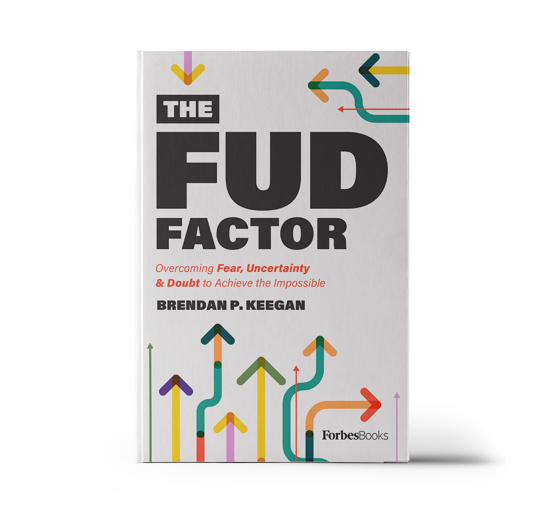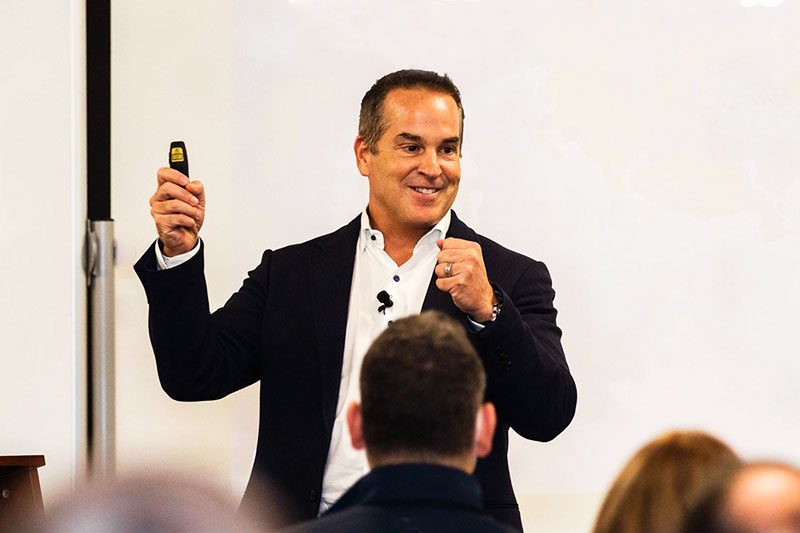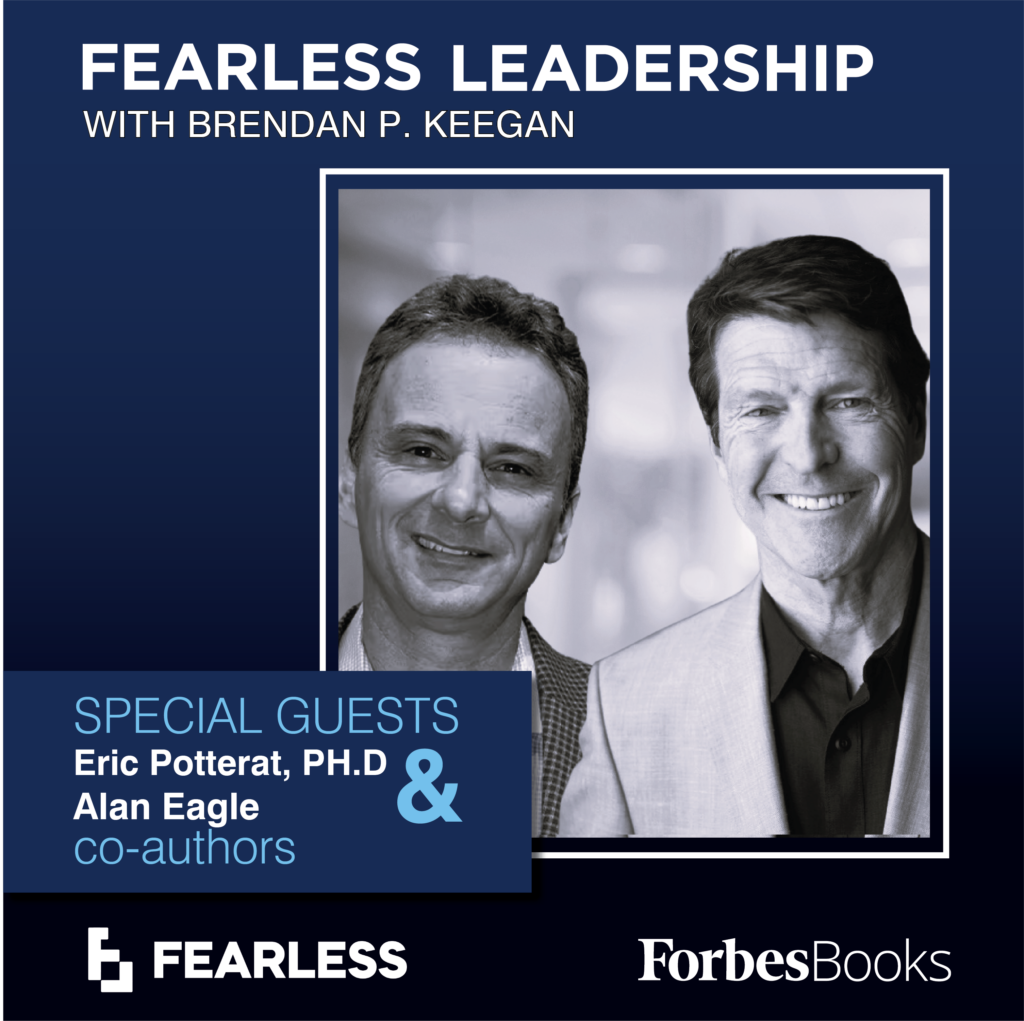A Milestone Decision – Merge with a Competitor or Stay the Course
With big offices come big decisions, and no decision is bigger than the ownership transition for any company. There are literally hundreds of variables to consider when selling your company, but the hardest decision for most, was the easiest decision I had to make recently.
Merger or Acquisition – The Easiest Decision I Had to Make
We have all heard the term Mergers & Acquisitions, or to those more familiar with this territory, M&A. I have always found the “ampersand”, the AND, the most interesting word of the three. To investment bankers, financial advisors, legal counsel and all ancillary advisors, I understand the ampersand – the banker is there to find a competitor to merge with or a private equity firm to acquire the company as a stand-alone or platform company. To the advisors the “AND” makes complete sense.
As an operating executive, I personally change the AND to OR – Merger OR Acquisition, or the completely unknown acronym of MoA. (Not to be confused with a MoU, Memorandum of Understanding). I have had the good fortune of ushering five companies through the sale and ownership transition process, and although the process is fundamentally similar, each have been their own and different animals, or in my most recent case, a beast.
Merger – What Happens to Clients, Employees, Partners, Shareholders and the Community
Once making the decision to sell, the next most important decision is merger or acquisition. In the case of a merger, your company will be joining forces with another company.; If the merger is between two companies that do similar things, this is often called a consolidation play. If the merger is between two companies that provide services that are complimentary to one another but not the same this is often called a strategic play. I could go on and outline other merger plays, but I think you get the idea. As an executive, you must consider all the ramifications to clients, employees, partners, shareholders and your community when selecting a merger. Often times a merger to a strategic buyer yields the greatest financial return for shareholders and that becomes a major reason to pursue a merger.
But as an executive, you must also consider the ongoing well-being of your clients and employees. Will you be able to serve the clients in the same manner with the same core values? Before you blow by this sentence, as most people do by simply saying “yes”, are you sure? There is an awful lot to that statement, more on that in a few. How about your employees? You now must go through the well-known process of “2-in-a-box”. You have 2 Vice Presidents of HR, which one? You have 2 Directors of Data Analytics, which one? You have 18 Maintenance Technicians and with planned synergies to prop up the valuation for the sale, you can only afford to keep 12, which 6 are packing to go home? You have 2 client facing technology platforms built on different technologies – how are you going to integrate all those systems and how long will that take? And remember the question you blew though quickly above by answering, YES, to providing the same level of service to your clients. Are you still sure What if your client doesn’t like the system, you choose and the features it has or doesn’t have, or the maintenance technician they have relied up on for years? Its complicated. But let’s keep in mind, thousands and thousands of mergers happen annually, and according to X, more than 48% are successful. Before flipping to acquisitions, I also want to mention communities. As a CEO for the past 23 years, I have always viewed companies are to serve their communities, they are to be beacons of light, from sponsoring little league teams to running races for local breast cancer awareness and everything in between, so I have to also ask, what happens to your community? Remember, it takes a village.
Of the five times I have been through a company sale and transition process, I have selected merger twice and, in both instances, it was absolutely the right decision. Yes, some clients and employees were impacted negatively, along with the community, but for the long-term health of the business and for the greater good of the overall client base and employees across the entire company, there was greater benefit in consolidating with other companies to become a stronger company down the road. Short term pain for long term gain, and I’ll admit it was tough to witness the short-term pain.
Acquisition – What Happens to Clients, Employees, Partners, Shareholders & the Community
Again, you are in the big office making the big decision and you have really thought through what is best and have decided to “stay-the-course” and remain a stand-alone company and be acquired and not to merge with a competitor or strategic company. Take a deep breathe, your hardest decision has been made, then get back to work because you have a lot of work to do. This is the decision I most recently made for the company I am CEO of currently. We are a 60-year-old family business with strong ties in the community, a legacy of high-touch service and have been growing 10-times faster than our closest competitor. But in our industry, there has been tremendous consolidation. A few years ago, there were 10 major players or competitors and the two largest ones merged and during the global COVID pandemic and the subsequent supply chain shortage, much of our industry has been unable to pivot quickly which has set up ripe conditions for further industry consolidation amongst three of the players. This is very typical across many, many industries and when a companies’ growth slows or in fact retracts, shareholders look for inorganic means of growth which lead to mergers and larger industry consolidation. So, in the last five years, our industry has gone from 10 competitors and industry leaders to 5 – and that absolutely is a factor in making your decision.
Fortunately for my company, we pivoted like Julian Edelman on a slant route and performed well during the COVID pandemic and supply chain shortage, which ultimately left us in the driver’s seat on Merger OR Acquisition – see there is that OR word again. We hired our investment banker, our financial partner, our legal counsel and built our marketing teaser and Confidential Information Memorandum, otherwise known as a CIM. But what I will tell you is this – even if you make this decision be prepared to be tested. The industry consolidators, your competitors and other strategic buyers will come calling with grandiose plans and rewards – they surely called us and brought lucrative and fruit-bearing offers. It will be tempting like Eve to Adam, but remember when you were clear headed and kicked the process off, you made the biggest decision based on the health of your company, the legacy you want to leave behind and the best fit for your clients and employees was to stay the course, so don’t bite the apple. Simply, and politely, decline the offers and focus on finding the right financial buyer with the resources, capital, culture and values that will allow your journey to continue in the unique way that has had you growing and enjoying more than your competitors.
Again, there is no pre-programmed right or wrong answer, it all comes down to what is best for your company, your clients, employees, partners, shareholders and community. As I had mentioned, I have twice gone down the path of a merger and now for the third time have chosen the acquisition path. If both paths are equally possible and you can’t determine which one is right for you, let me give you one last piece of advice – acquisitions are much more fun – there is no client dissatisfaction, employee job losses and terminations, technology disruption, community loss and the chance to continue to build on your already awesome legacy.














